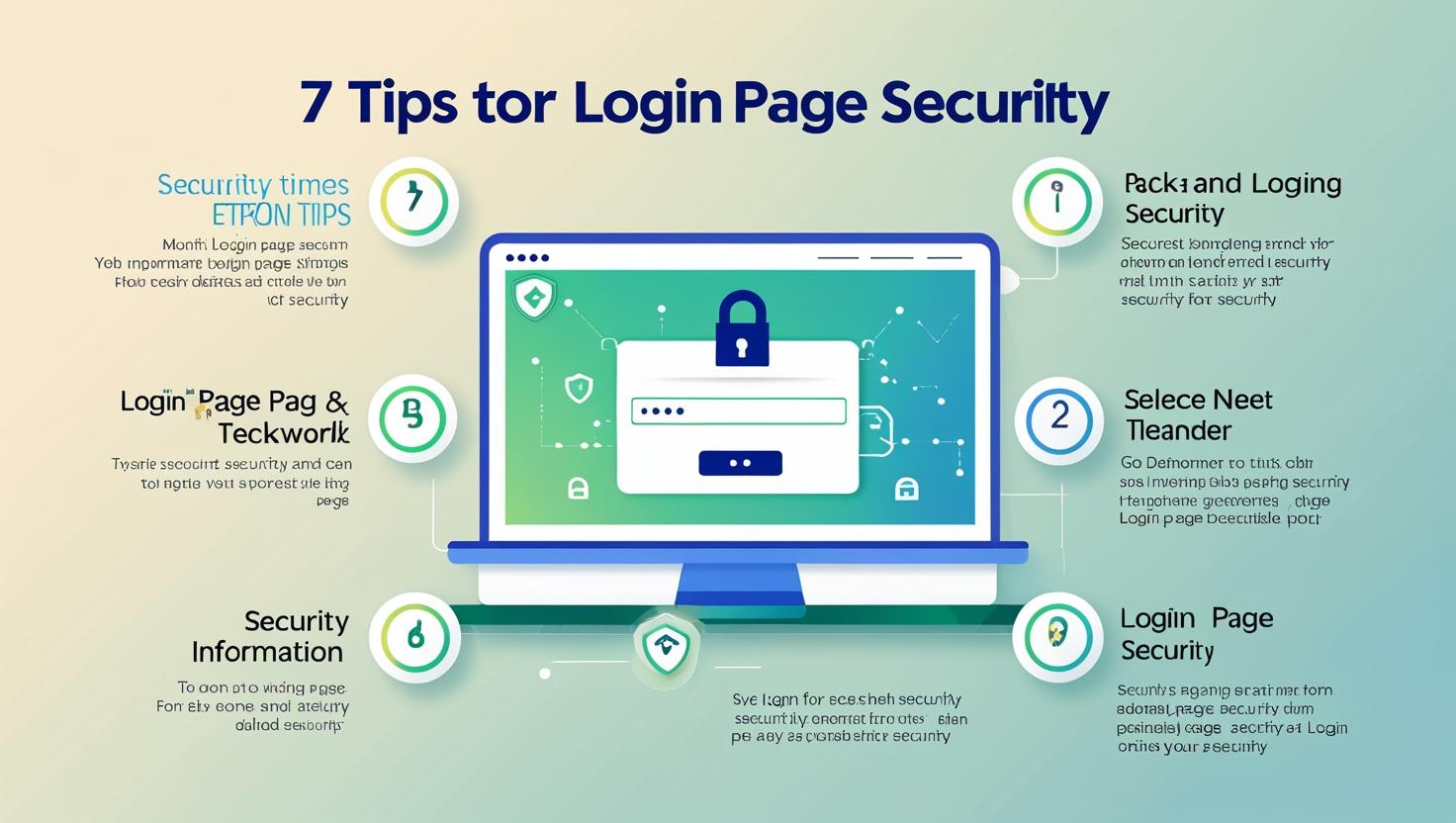
- June 1, 2025
- Security & Best Practices
7 Tips to Make Your Login Page More Secure
Your website’s login page is the front door to your digital property—and it’s often the first target for hackers. Weak login security can lead to data breaches, account takeovers, and costly downtime. In 2025, cyberattacks are faster and smarter, so strengthening your login page is no longer optional.
Here are 7 essential tips to help make your login page more secure and protect your users.
1. Use Strong Password Policies
Weak passwords remain one of the top causes of account compromise. Enforce strong password requirements to prevent easy access.
What to include:
-
Minimum of 12 characters
-
Mix of uppercase, lowercase, numbers, and symbols
-
Ban common passwords like “123456” or “password”
Also, encourage users to update their passwords regularly and avoid reusing credentials across different platforms.
2. Enable Two-Factor Authentication (2FA)
Two-factor authentication adds an extra layer of security by requiring users to verify their identity using a second method, such as a text message, authentication app, or biometric data.
Benefits of 2FA:
-
Prevents access even if passwords are stolen
-
Blocks automated login bots
-
Increases user trust and confidence
Many platforms now offer 2FA as a standard feature—be sure to enable it.
3. Limit Login Attempts
Brute-force attacks involve repeatedly trying different username-password combinations. By limiting login attempts, you can block this tactic early.
Best practices:
-
Lock accounts after 5 failed attempts
-
Use CAPTCHAs to verify human users
-
Enable temporary timeouts for multiple failures
This simple measure significantly reduces the chance of unauthorized access.
4. Use HTTPS with a Valid SSL Certificate
Never allow users to log in over an insecure connection. An SSL certificate ensures that login credentials are encrypted during transmission.
Key points:
-
Always use HTTPS for login pages
-
Redirect HTTP to HTTPS automatically
-
Renew SSL certificates on time
SSL also improves SEO and reassures users that their data is safe.
5. Hide or Rename the Login URL
Hackers often target common login paths like /admin or /wp-login.php. By customizing or hiding your login URL, you add a layer of obscurity.
How to do it:
-
Use plugins to rename default login paths (e.g., for WordPress)
-
Add firewall rules to block bots from accessing known login endpoints
-
Avoid exposing login URLs in public HTML or JavaScript
6. Monitor and Log Login Activity
Regularly tracking login attempts helps you detect suspicious behavior.
What to log:
-
IP address and location
-
Time and date of login
-
Failed login attempts
Set up alerts for multiple failed attempts or logins from unusual locations.
7. Use CAPTCHA or reCAPTCHA
CAPTCHAs stop automated bots from accessing your login page. They’re an easy and effective way to reduce spam and brute-force attacks.
Options include:
-
Google reCAPTCHA (v2 or v3)
-
hCaptcha
-
Invisible CAPTCHA for better user experience
Final Thoughts
Login pages are a critical security point for any website. By applying these 7 security tips—strong passwords, 2FA, SSL, login limits, and more—you can significantly reduce your vulnerability to cyberattacks in 2025.









